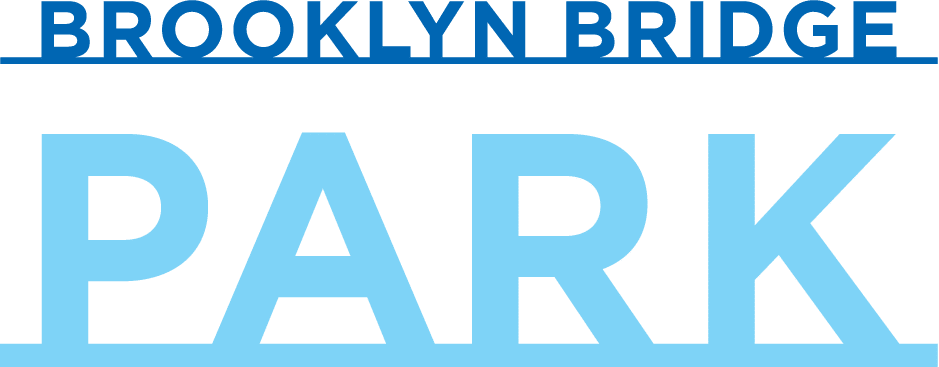by Brooklyn Bridge Park Conservancy
In celebration of Earth Day, we are highlighting the programs, Park features, and people that keep Brooklyn Bridge Park on the frontlines of sustainability and environmental stewardship. Peter Park, evolutionary ichthyologist (fish biologist) and Associate Professor of Biology at Nyack College has been serving as Brooklyn Bridge Park Conservancy’s on-site marine biologist since the summer of 2016. In his time with the Conservancy, Peter has partnered on citizen science seining and catch and release fishing clinics. We’re honored to feature Peter and the amazing work he’s done in collaboration with our Environmental Education program team. Read more about Peter’s experience below.
What do you do when you’re not in the park?
I’m an Associate Professor of Biology at Nyack College, and so, I teach, and do research. My expertise is evolutionary ichthyology (fish biology), and I study fish brain and behavior. I also teach a variety of courses for Biology majors and non-majors. Apart from my work, my life is my family. I have a beautiful wife and three-year-old daughter. I also have hobbies, all of which are pretty much centered around fish. I am a very passionate, life-long angler.
Tell us more about being an expert angler.
I am a native New Yorker – I was born in Flushing, Queens. My parents owned a fish market in Sunnyside, Queens, and so, I grew up around fish. My late father took me fishing as a child, which are some of my most cherished memories with him. When I was old enough to take the subway on my own, I would pack my fishing rods and go fishing in the East River.
I still enjoy fishing local waters and think the East River is one of the most beautiful and challenging places to fish. From my experience, our East River fishes are also a lot smarter than fishes that I’ve caught elsewhere. (And, yes, “fishes” is a word.)
How did you start working with the Conservancy?
I began working as an on-site marine biologist for the Conservancy’s Environmental Education team during the summer of 2016. Every summer since then, I have served in this role, and my responsibilities have included providing expertise on ichthyology, marine biology, and urban ecology during public programs such as citizen science events and most recently, catch-and-release fishing clinics. Working at these events at Brooklyn Bridge Park over the years has become the highlight of my summers.
What motivated you to partner with the Conservancy?
My primary motivation for partnering with the Conservancy was the opportunity to give back to fellow New Yorkers. When working in the park with their dynamic education team, we get to meet and teach so many people about the local marine wildlife. Every summer, I am overjoyed at the many chances I get to share about the local fish species and their stories of survival and success in our waters.

© Eliza Phillips
What is special about the Brooklyn Bridge Park Conservancy programs in particular?
What’s special about Conservancy environmental education programs is their balance of mission and accessibility. By “mission,” I mean that each and every public seining and fishing event is focused on engaging members of the community in observing, interacting, and enjoying our local marine wildlife, all while incorporating cutting-edge citizen science and environmental stewardship practices. Whether it is seining or angling, participants are actively involved and encouraged to take ownership of the research process, which is recorded into an East River Fish Database.
As a scientist, this focus motivates and inspires me. I’ve been an environmental steward of the East River ever since childhood, and to witness how the Brooklyn Bridge Park has improved our view of the East River is just breath-taking. It’s mind-blowing actually– the same waterfront that was once almost forgotten is now home to dynamic environmental education and stewardship initiatives. Through environmental education programming, the story that is emerging for Brooklyn Bridge Park’s marine wildlife is one of nature’s resilience, resurgence, and recognition.
What happens at a seining event?
The seining sessions are citizen science events that invite members of the community to see first-hand how fish surveys are conducted by scientists. Trained staff wearing waterproof waders enter the water with a large rectangular seine net that is pulled along a beach. Marine animals are caught and temporarily placed into holding tanks, after which they are recorded and then safely released. The goal of this program is to expose participants to the abundant wildlife that resides in our local waters. Participants are also invited to assist with the data collection process, from water quality measurements to fish identification — that will be used for monitoring wildlife and other research purposes.
What is unique about Brooklyn Bridge Park’s location?
A quality that makes Brooklyn Bridge Park’s location unique is obviously its history. Today, people travel from all over the world to visit the famous Brooklyn Bridge Park as a tourist destination. I think the history of how Brooklyn Bridge Park was built from grass roots advocacy to what it is now is just remarkable. In some ways, we are telling a similar story of how the park’s environmental stewardship practices has enabled the potential of fish ecosystems to thrive here in the East River. I find it quite symbolic actually that just as more and more people are attracted to the park, so too are more and more fish species.

